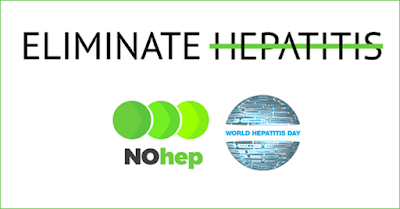- Build and leverage political engagement following official endorsement of the Global Health Sector Strategy on viral hepatitis at the World Health Assembly 2016.
- Showcase emerging national responses to hepatitis in heavy burden countries.
- Encourage actions and engagement by individuals, partners and the public.
- Highlight the need for a greater global response as outlined in the WHO’s Global hepatitis report of 2017.
transmission is also possible, but is much less common. There is no vaccine for HCV.





